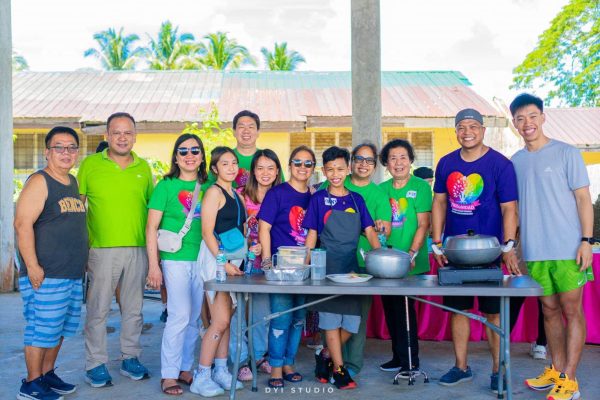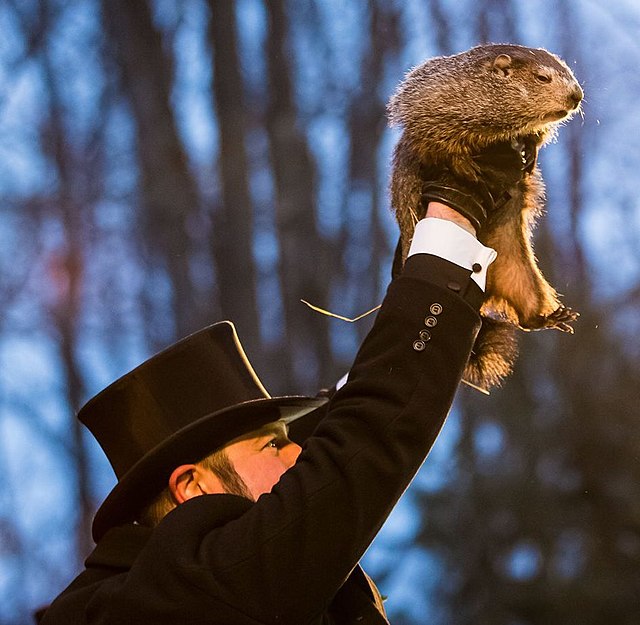October’s Filipino American History Month honors the first Filipinos who arrived in the United States in 1587.
The annual celebration provides stability that serves as a platform for Filipino Americans, who represent the second largest Asian-American community in the US, to commemorate their history and culture according to Editor Christianne Tubola for Loyola Marymount University.
Filipinos were the first ever documented Asian population, however, they were not granted U.S. citizenship. Still, they quickly discovered the American Dream and worked to contribute to the agricultural and fishing industries, hoping to be a part of it someday.
While the Filipino American National Historical Society introduced FAHM in 1992, Congress did not officially recognize it until 2009.
According to the FANHS, the original proposal was to create, “A significant time to study the advancement of Filipino Americans in the history of the United States.”
Filipino American culture is a vibrant fusion of Filipino traditions and American influences. It’s characterized by strong family ties, respect for elders and a love for community gatherings centered around food and music. From traditional celebrations like fiestas and barrio fiestas to modern expressions through art, literature and activism, Filipino Americans continue to enrich the cultural landscape of the U.S. while staying connected to their roots.
“Living in America as a Filipino has been on and off with people confusing me for being Asian,” Junior Jethryl Juarez said. “There are more Filipinos in the area than I originally had thought, and knowing I can get along with them just for sharing the same culture as me is nice.”
To celebrate FAHM, Filipino Americans often have traditions unique to their family. Others explore new meals such as delicious Filipino cuisine or check out a few books from local libraries about the history and famous leaders of the Philippines that educate and honor Filipino ancestry.
“My family and I have gatherings with each other to celebrate our culture,” Sophomore Gabby Torreon from Waubonsie Valley High School said. “We eat so many Filipino dishes, such as chicken adobo, tinola, lumpia, pancit, beef nilaga and lechon.”
Filipino nurses in America have steadily shot up the charts since the 1960s. Their contributions highlight their growing, profound impact and invaluable role in the U.S. healthcare system.
“Coming from a third world country, Filipinos want to seize the opportunity and prefer countries that will give them higher pay that will suffice their needs,” Registered Nurse Denise Lumintac for Loyola University Medical Center said. “The U.S. is one of the countries that gives us that.”
Other diverse cultures and communities are also being recognized like Black History Month (February), Asian Pacific American Heritage Month (May), Arab Heritage Month (April), Native American and Indigenous Heritage Month (November).
“The roles of Filipino Americans and other people of color have been overlooked in the writing, teaching and learning of United States history,” Tubola said. “And, the creation of FAHM is only the first step for underrepresented communities across the nation to have their cultural identities appreciated.”




